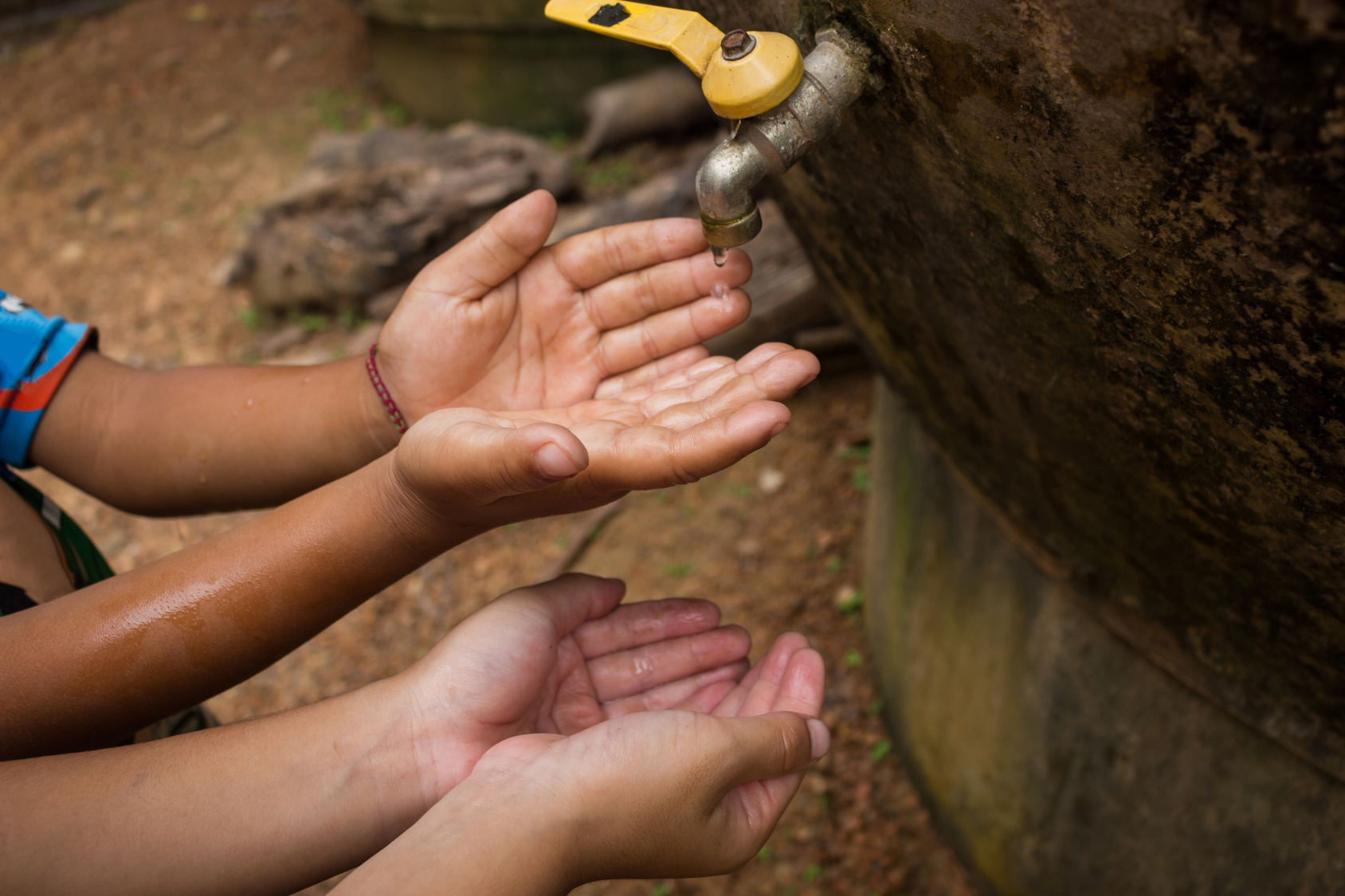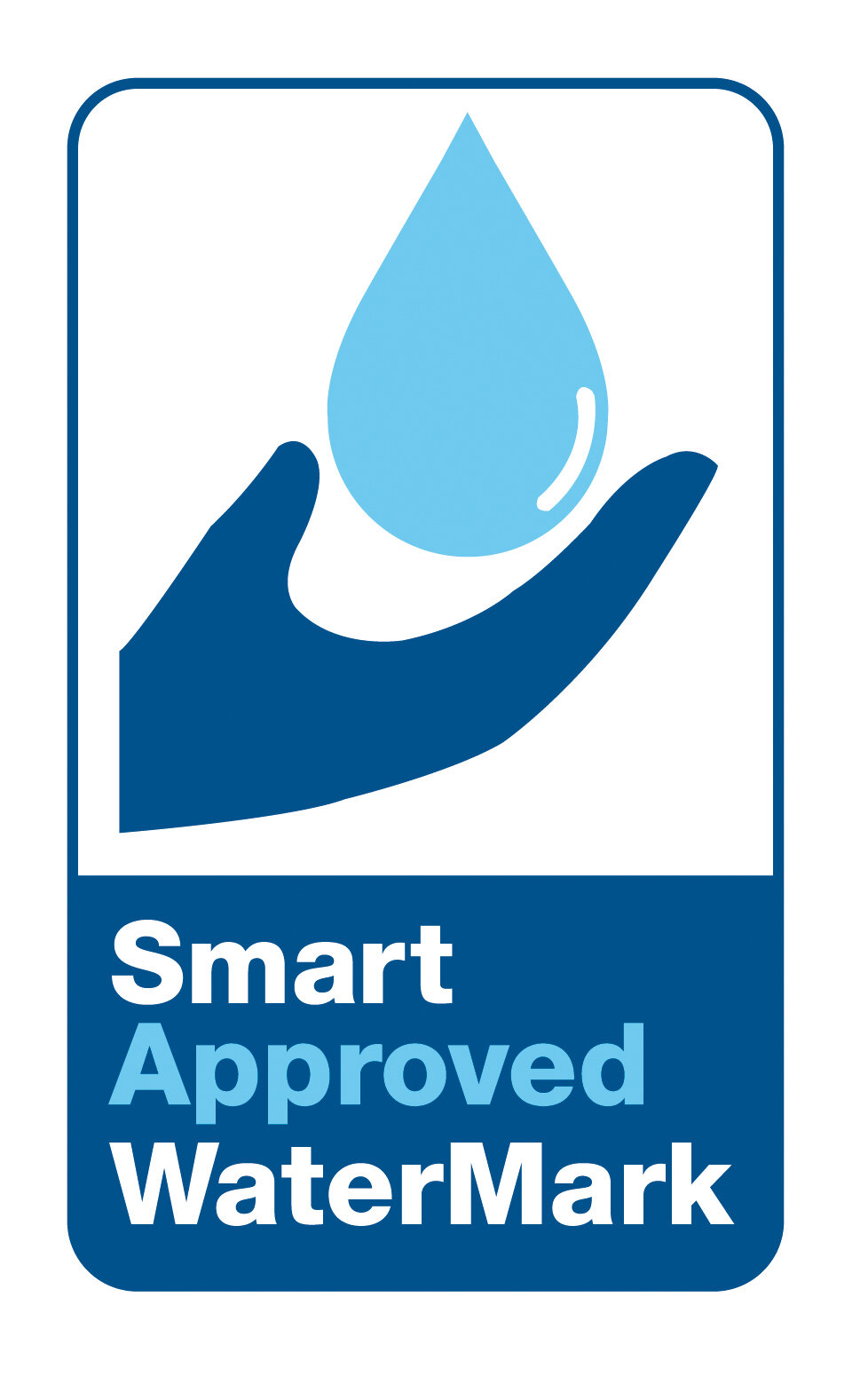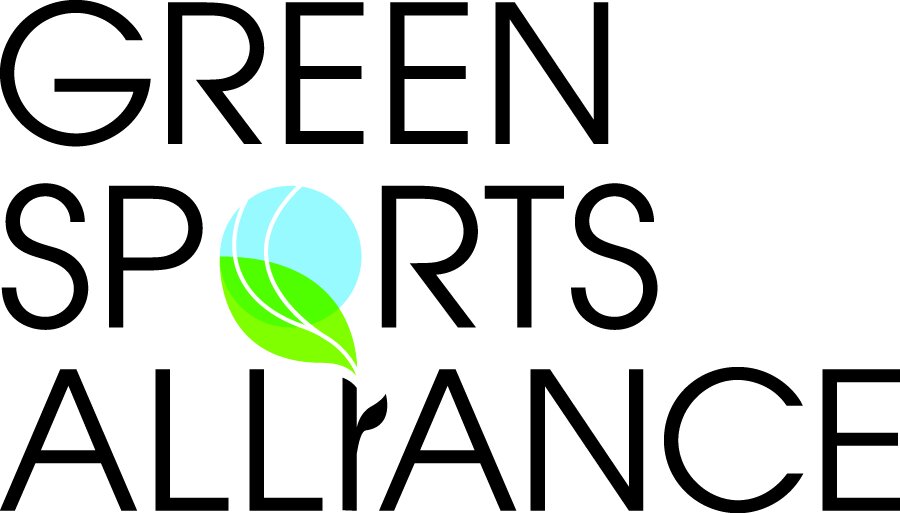Manufacturers of consumer and commercial water using fixtures for kitchens and restrooms are making their products much more water efficient
Waterless and Loving It
Savings, Ships, and Water
Ships carry a lot of water. Large cruise ships carrying 5,000 to 6,000 passengers and crew members can use as much as 500,000 gallons per day. These are huge volumes of water, and water costs money in many different ways. Not only is there the actual cost of the water, but because water is heavy, it adds considerable weight to the ship, which can increase fuel costs while the ship is at sea.
The Sun Sentinel newspaper refers to these giant liners as floating cities, and that is essentially what they are. So one initiative we can take to reduce consumption on board is to look at what some land-based cities are doing to reduce water consumption.
The first step involves performing a water audit. These assessments of water use have become very common in office buildings, schools, and other large facilities on land. A water audit can involve all water-using fixtures, but because our focus is bathrooms and restrooms, our audit would look at the following:
• Number of commercial toilets and urinals on board
• Number of sinks and faucets
• Age of the toilets, urinals, and faucets (this can indicate how much water they consume)
• Any leaks that were detected
• Malfunctioning fixtures/mechanical failures
We should note that older and malfunctioning fixtures can be a serious problem. Very often a toilet or urinal is designed to use a specified amount of water per flush, but with time, use, and some abuse, they often use far more. Because of this, ship owners should set a time limit as to how long to keep these fixtures. No more than five to seven years is usually best.
What to Select
If the decision has been made to update or replace older toilets and urinals, ship owners should know that once again what works on land likely will work at sea. For instance, when selecting a new toilet for a land-based facility, the water-saving possibilities and technologies typically considered or installed include the following:
Tank inserts. A displacement device is placed in the storage tank of a conventional toilet to reduce the volume of stored water.
Dual-flush toilets. These devices enable the user to select from two flush volumes, based on the presence of solid or liquid waste materials.
Pressurized and compressed-air toilets. These systems utilize compressed air to aid in flushing by propelling water into the bowl at increased velocity while at the same time using a relatively small amount of water.
Vacuum-assisted flush toilets. A variation of a conventional toilet, the fixture is connected to a vacuum system that assists a very small amount of water in flushing.
Waterless urinals. On land, the average waterless urinal saves about 30,000 gallons of water per year. That’s a lot of water, so in places in the US where droughts are a problem, many building owners have decided to install these no-water urinals.
Plus, they are enjoying these other benefits by selecting waterless urinals:
• A urinal designed to use no water usually costs less to select and install than typical water using urinals
• Mechanical parts are eliminated
• No-water urinals rarely malfunction.
A Step in the Right Direction
In a land-based facility, more water is typically used in restrooms than in any other area of the facility. The only exception is if the building is heavily landscaped. However, the steps addressed here can still make a significant impact on reducing the amount of water used and stored on ships, which has cost savings written all over it.
For more information on the benefits of Waterless Urinals, please contact a Waterless Co representative here.
Cape Town Headed Towards Waterless Future
by Lucas Joel
The city of Cape Town, South Africa, is bone dry. In 2017, after two straight years of drought, a third drought year offered more of the same. This past January, city leaders announced that they would shut off the taps to the municipal water supply in April because that was when “Day Zero” — the day when the water supply would run dry — was predicted to occur. Day Zero has since been pushed back to sometime in 2019, but, for 4 million Capetonians, living under the specter of a day without water is the new normal, and signs of that reality litter the city. Sometimes literally.
Above a toilet in the bathroom at the University of Cape Town’s (UCT) Future Water Institute (FWI), I found a sign that looked like a board game. “TO AVOID DAY ZERO,” the sign announced in all capital letters. “BE A WEE-WISE WATER WARRIOR! ONLY FLUSH AFTER 4 (No. 1’s only).” In the middle of a pie chart was a plastic arrow that restroom visitors are meant to advance through numbered slices marked one through four — to track the appropriate number of uses..
“It’s raised a lot of issues with our cleaning staff,” says Jessica Fell, a hydrologist at the FWI. “We’ve given them chemicals that they can spray into the toilet bowl, which completely neutralize the smell.”
... To read more on EarthMagazine.org, click here!
Cold Showers Result in Fewer Sick Days, Promote Sustainability
Ways Medical Facilities Can Reduce Water Consumption
Reducing Water Consumption in Existing Buildings
Water: A Green issue and a Pocketbook Issue
Most facility managers and building owners are probably aware that water usage reduction can greatly benefit the environment, and many also know that this can be accomplished with little or no impact on tenant satisfaction. But many building owners and managers may not realize that reducing water usage in their facilities can have a significant impact on their financial bottom line.
Water and sewer rates in virtually every area of the United States are increasing, and in some places the increase is actually quite significant. For instance, some areas of the country are experiencing double-digit percentage rate hikes, and we can expect rate increases all over the country in future years.
The causes of these increases are complicated. First and foremost, water is starting to be in short supply in many parts of the country. As with any other commodity, as the water supply diminishes, the costs go up.
It should also be noted that to deliver clean water and to treat effluent water from facilities, is also going up. Local water departments typically depend on imported oil to power the pumps that move water from place to place. In some communities, water departments have tried to absorb these increasing costs, but this generosity is coming to an end in many areas of the country.
Another issue causing increases in water pricing is aging water infrastructure. Infrastructure upgrades have been postponed in many areas for years, to the point that action is now mandatory.
Did you know that there are pipes under Washington DC, still being used today that are more than 150 years old? That shows just how much we have postponed water infrastructure upgrades.
So, we have a pretty good idea as to why water-related charges are going up.
But, this brings up another issue. Many building owners and managers are complaining that even though they have taken steps to reduce consumption, their rates are still going up.
This is true, and it is happening in many parts of the country. But, here is what owners and managers must ask themselves: How much would these charges be if they had not taken steps to reduce water consumption?
More than likely, owners and managers are saving far more money today by implementing water reducing strategies than they realize.
For more information on ways to reduce water consumption, contact a Waterless Co representative.
Using Water Efficiently and Responsibly
California Water Savings Reduces Greenhouse Gas Emissions The Equivalent of Taking 111,000 Cars Off the Road for One Year
A study released earlier this year by the University of California at Davis (UC Davis), finds that the reduction in water consumption in the state of California has also resulted in what was reported to be a “substantial reduction in greenhouse gas emissions.”
California experienced a four-year drought, which ended in 2016. In 2015, the state implemented regulations, requiring a 25 percent across-the-board cut in water consumption.
The UC Davis team reports that more than 525 million gallons of water were saved during that one-year period just as a result of the restrictions. This was on top of voluntary cutbacks on water consumption, which began as soon as the drought was declared.
As to how a reduction in water consumption could result in reductions in greenhouse gas emissions (GHG), “it’s all because of the close interconnection between water and energy,” says Klaus Reichardt, CEO, and Founder of Waterless CO, manufacturers of no-water urinals.
“It takes energy to treat and distribute water. If less water is being consumed and distributed, less electricity is needed, so fewer gas emissions are released.”
According to the researchers, this is precisely what happened. They found that due to reduced water consumptions and the need for electricity, there was a reduction of more than 500,000 metric tons of carbon dioxide released into the atmosphere. This is the equivalent of taking 111,000 cars off the road for one year.
"The scale of these integrated water-energy-GHG savings, achieved over such a short period, is remarkable,” says Professor Frank Loge, one of the authors of the study. “Our results provide strong support for including direct water conservation in the portfolio… for reducing energy consumption and greenhouse gas emissions.”
Reichardt adds that as scientists look for more ways to protect the environment and reduce greenhouse gas emissions, they will likely focus more attention on improving water efficiency.
“This study is clear, and there have been others like it. Reducing water consumption not only protects our most important resource, but our atmosphere as well.”















